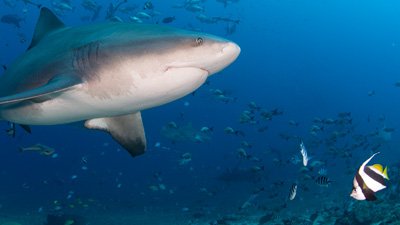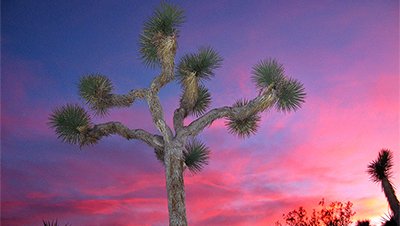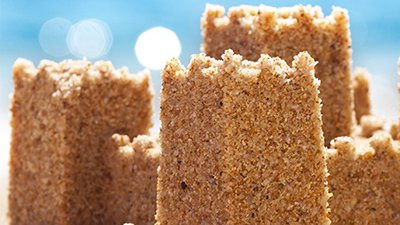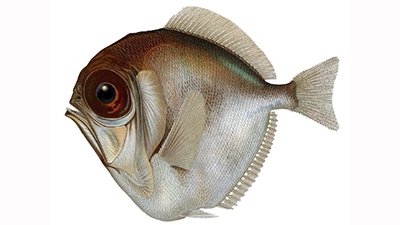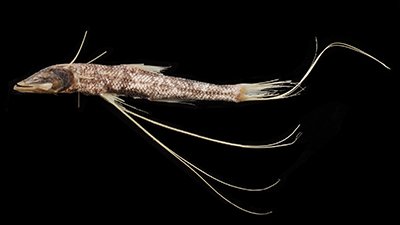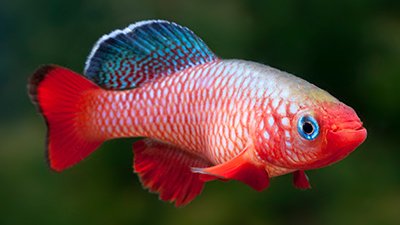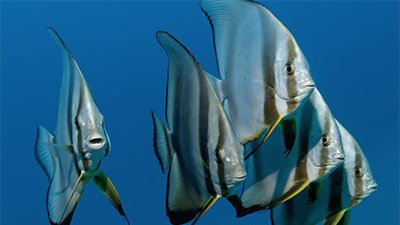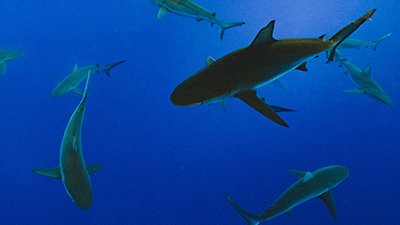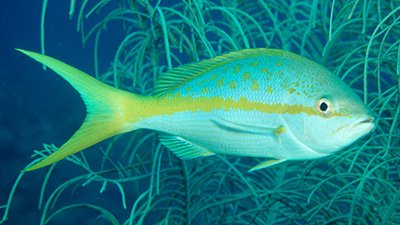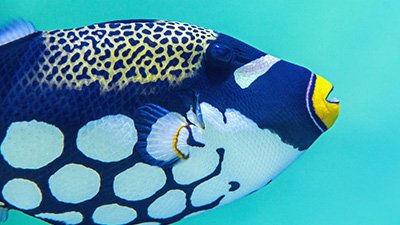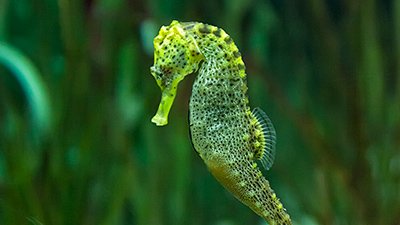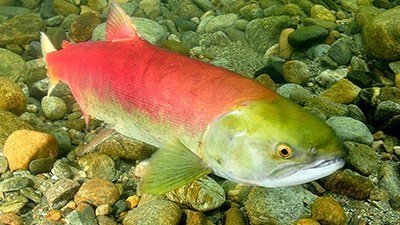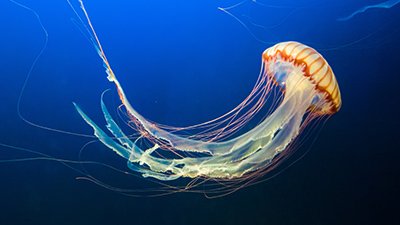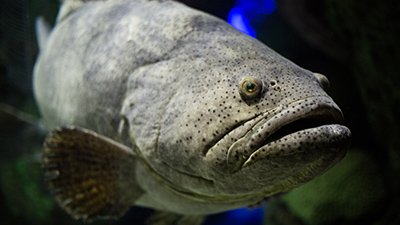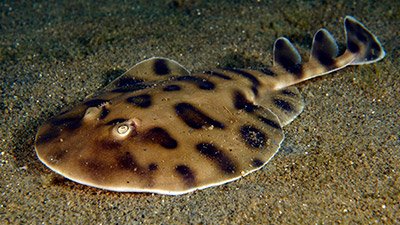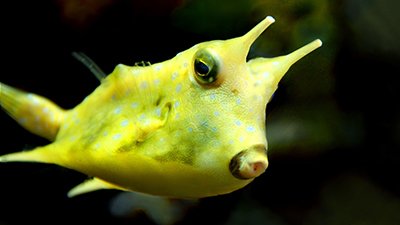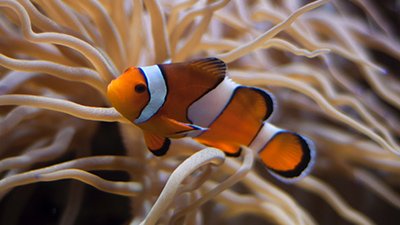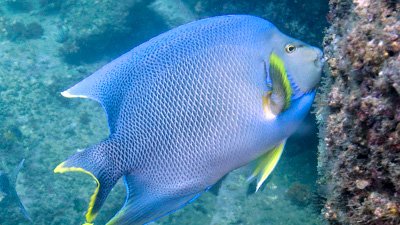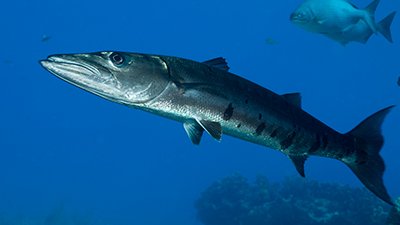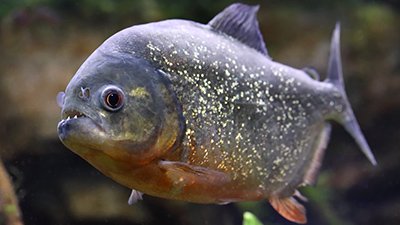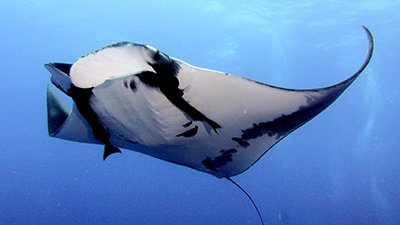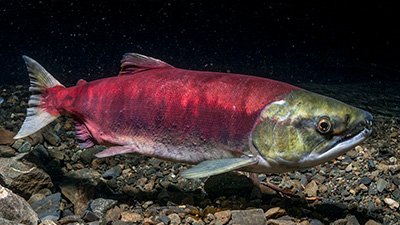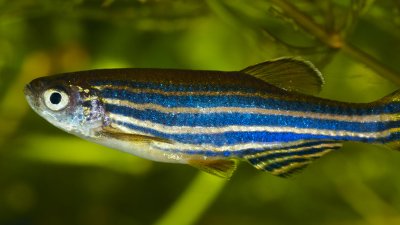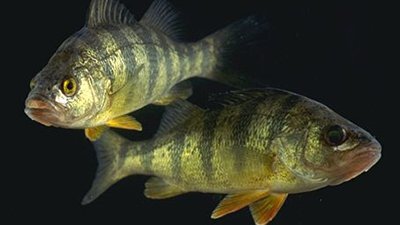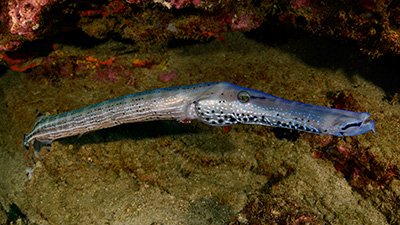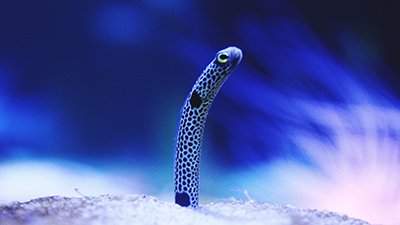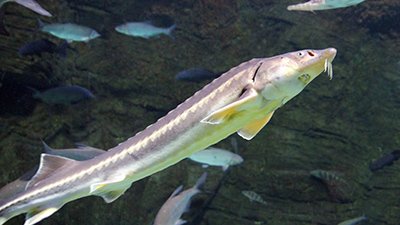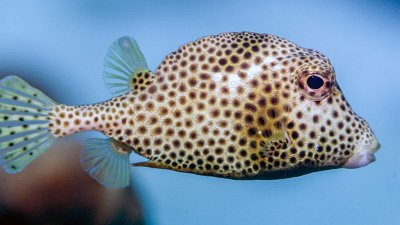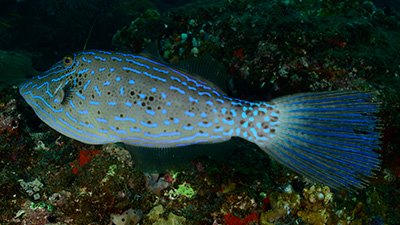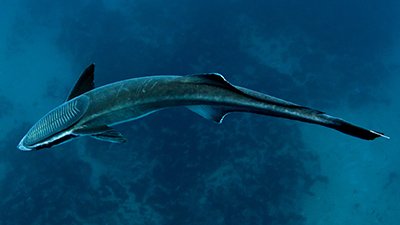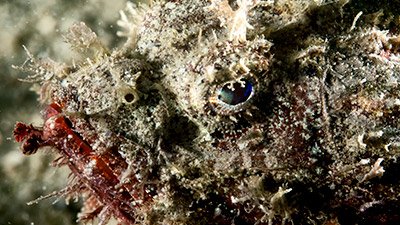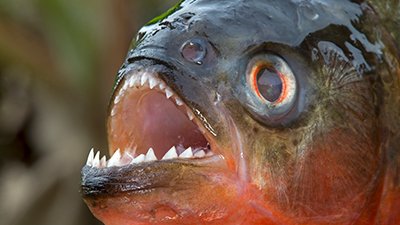Fish
Fish Topics
Fish Articles
-
April 1, 2024 from Kids Answers Magazine
Discover the wonder of God's creation
-
July 1, 2021 from Kids Answers Magazine
When you build a sandcastle at the beach, you may not know that some of your building material is actually fish poo!
-
May 15, 2018 from God Thought of It First Cards
Researchers have been studying the properties of the shark’s well-designed skin in order to help boaters keep their boats clean.
-
June 6, 2016 from Marvels of Creation: Sensational Sea Creatures
There are 250 species of snappers, with the largest number of them living in the warm Australian seas.
-
May 23, 2016 from Marvels of Creation: Sensational Sea Creatures
The triggerfish live mainly in the tropical coastal waters. Its name is derived from its unusual dorsal locking spine on its back.
-
May 16, 2016 from Marvels of Creation: Sensational Sea Creatures
The sturgeon is a large bluish-black fish that is very famous for providing caviar.
-
April 4, 2016 from Marvels of Creation: Sensational Sea Creatures
There are 35 species of the strange-looking sea horse.
-
April 1, 2016 from Kids Answers Magazine
You’re about to dive into a fantastic adventure under the sea.
-
March 28, 2016 from Marvels of Creation: Sensational Sea Creatures
There are six species of salmon that live in the North Pacific and one that lives in the North Atlantic.
-
March 21, 2016 from Marvels of Creation: Sensational Sea Creatures
The body of the porcupine fish is like an ordinary fish until it is alarmed.
-
March 14, 2016 from Marvels of Creation: Sensational Sea Creatures
These beautifully colored fish live around the tropical reefs of the world.
-
Feb. 15, 2016 from Marvels of Creation: Sensational Sea Creatures
The lion fish is a member of the scorpion fish family.
-
Feb. 1, 2016 from Marvels of Creation: Sensational Sea Creatures
Jellyfish are free-swimming creatures which are found in all the seas throughout the world.
-
Jan. 25, 2016 from Marvels of Creation: Sensational Sea Creatures
The body of the halibut is long with powerful fins. They lie on the seabed on their left side with their eyes on the right side of the body.
-
Jan. 18, 2016 from Marvels of Creation: Sensational Sea Creatures
Groupers live in tropical and temperate seas and some inhabit fresh water.
-
Dec. 28, 2015 from Marvels of Creation: Sensational Sea Creatures
Electric rays are slow-moving and live partially buried in the sand or mud on the bottom of the sea.
-
Dec. 21, 2015 from Marvels of Creation: Sensational Sea Creatures
Cowfish live at or near the bottom of warm, tropical waters all around the world.
-
Dec. 14, 2015 from Marvels of Creation: Sensational Sea Creatures
The history of the coelacanth fish is quite amazing.
-
Dec. 7, 2015 from Marvels of Creation: Sensational Sea Creatures
There are about 300 species of clownfish or damselfish.
-
Nov. 16, 2015 from Marvels of Creation: Sensational Sea Creatures
Angelfish are very popular in aquariums because of their shape and beautiful colors.
-
Nov. 9, 2015 from Marvels of Creation: Sensational Sea Creatures
Barracuda are very good hunters, hunting and swimming in small schools.
-
Aug. 9, 2012 from Aquarium Guide
The eyes of the stingray are on the top of its body, while its mouth is on the underside of its body.
-
Feb. 9, 2012 from Aquarium Guide
Flexible horns are used to direct plankton and water into the manta’s very broad and wide mouth.
-
Oct. 28, 2011 from Aquarium Guide
The Creator gave the zebrafish the ability to regenerate its skin, fins, heart, and even its brain in larval stages.
-
Oct. 21, 2011 from Aquarium Guide
The yellow tang is designed with sharp spines near its tail to help protect itself against predators.
-
Oct. 14, 2011 from Aquarium Guide
Yellow perch are poor swimmers. As a result, these creatures swim in schools.
-
Sept. 23, 2011 from Aquarium Guide
The trumpetfish is a sneaky predator.
-
Sept. 16, 2011 from Aquarium Guide
Tightening its muscular body to make itself rigid, the spotted garden eel drives its pointy tail deep into the sandy sea floor.
-
Sept. 1, 2011 from Aquarium Guide
By instinct, the white sturgeon spawns in swift-moving water.
-
Aug. 25, 2011 from Aquarium Guide
The mouth of this fish (like other surgeonfishes) is perfectly designed to carefully remove the algae from coral while leaving the coral intact.
-
July 5, 2011 from Aquarium Guide
The smooth trunkfish “blows” jets of water at the seafloor to uncover organisms that are hidden.
-
June 27, 2011 from Wonderful Whales
Whale and fish are not the same. How can you tell the difference?
-
June 24, 2011 from Aquarium Guide
The scrawled filefish can stand its primary dorsal fin erect to lodge itself into a crack or crevice of a reef.
-
June 10, 2011 from Aquarium Guide
The remora does not have a swim bladder.
-
June 2, 2011 from Aquarium Guide
This creature’s amazing camouflage and attack structures point to its intelligent Creator.
-
May 26, 2011 from Aquarium Guide
The piranha hunts in packs of 20-30.
- © 2024 Answers in Genesis
- Privacy Policy
- Contact
- About




